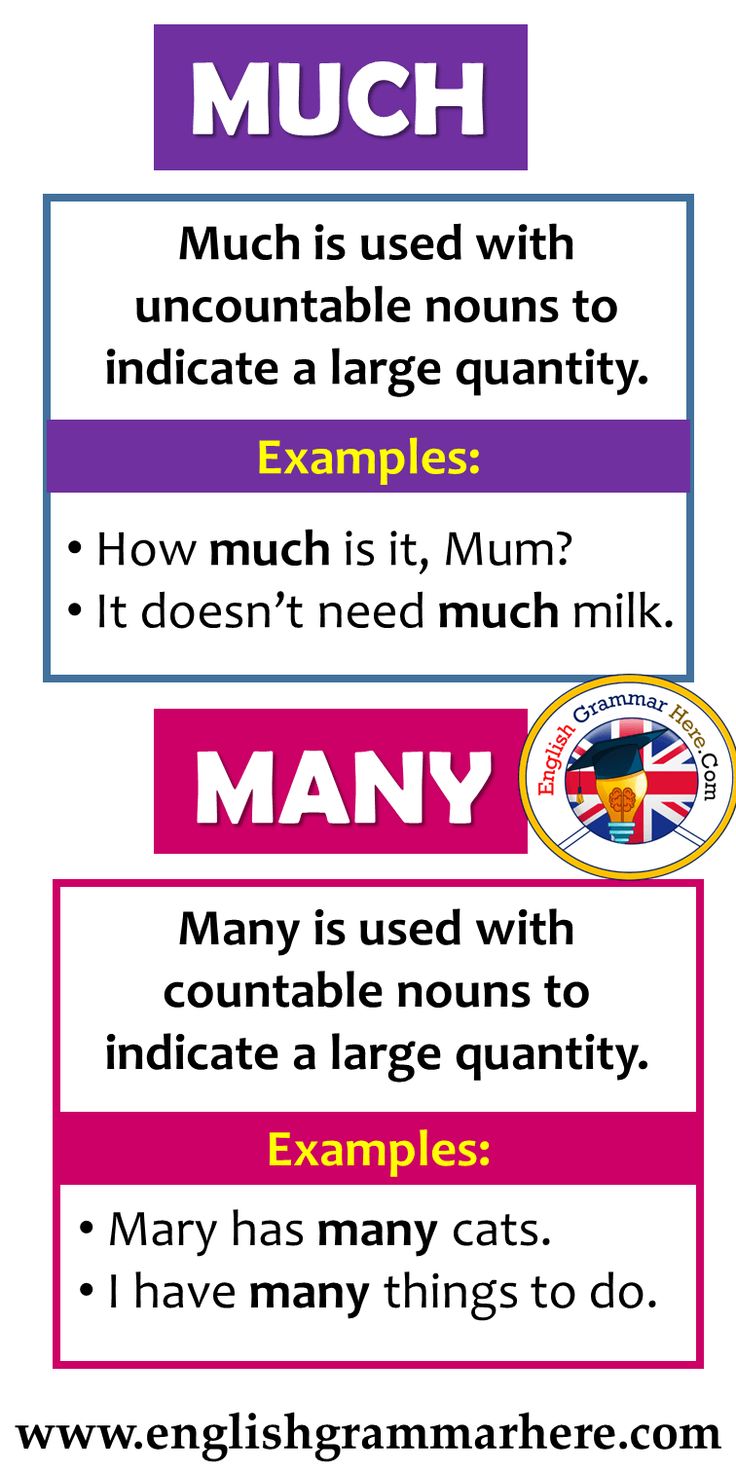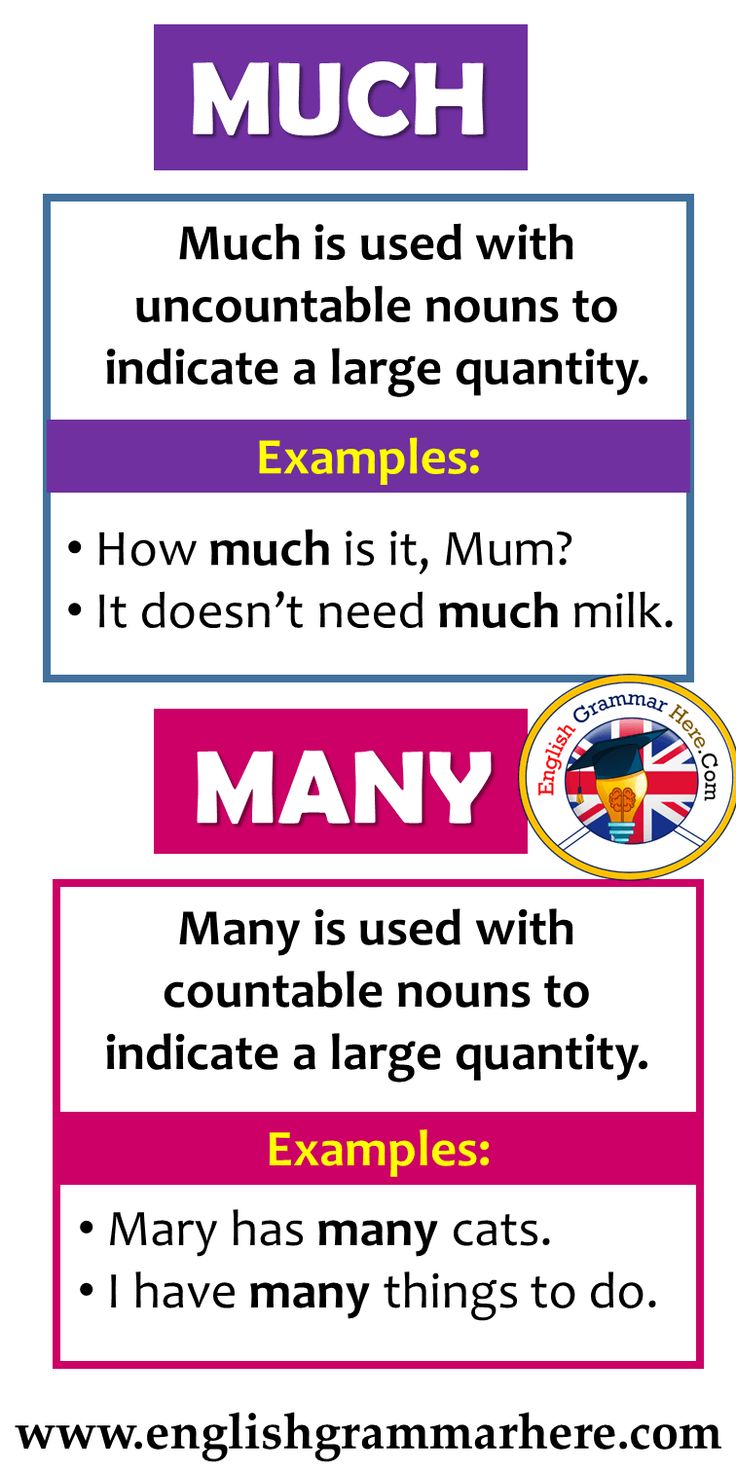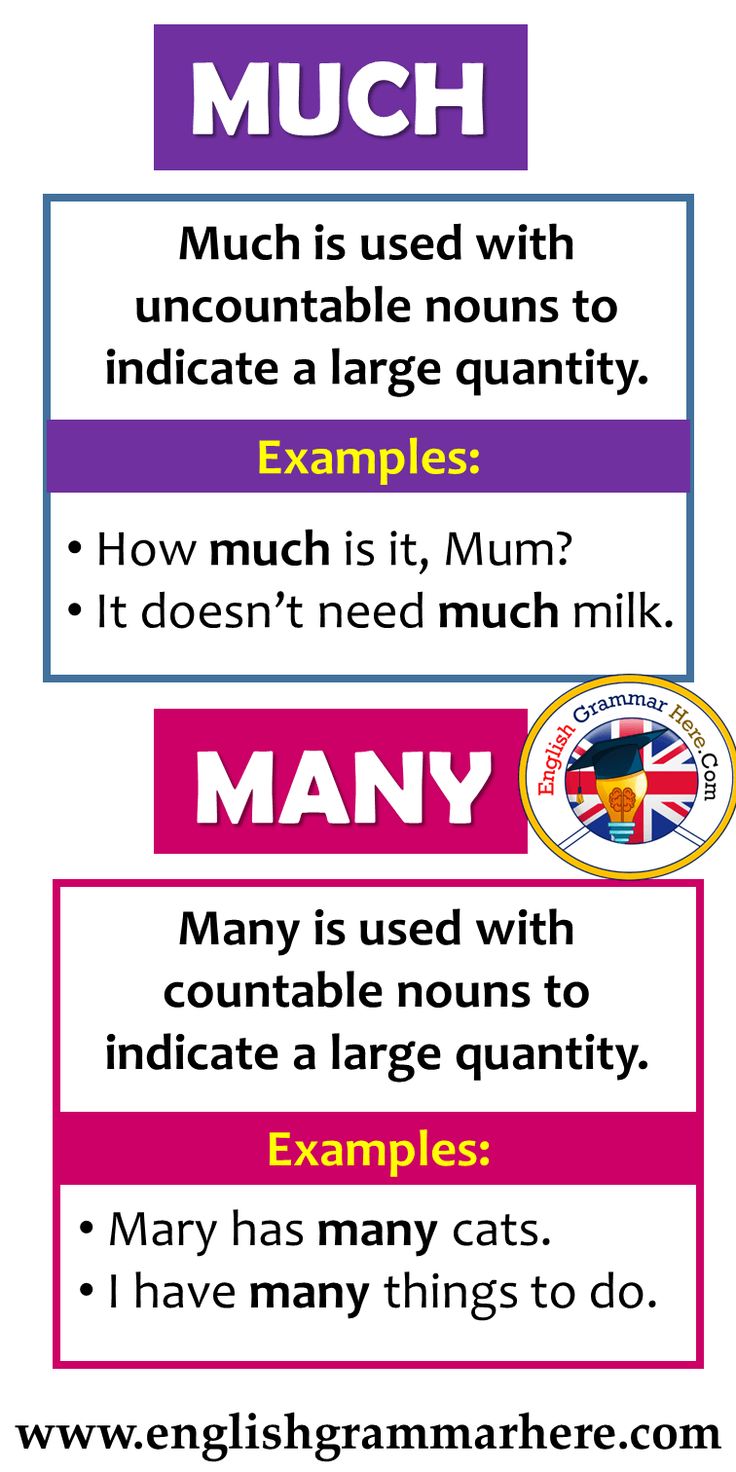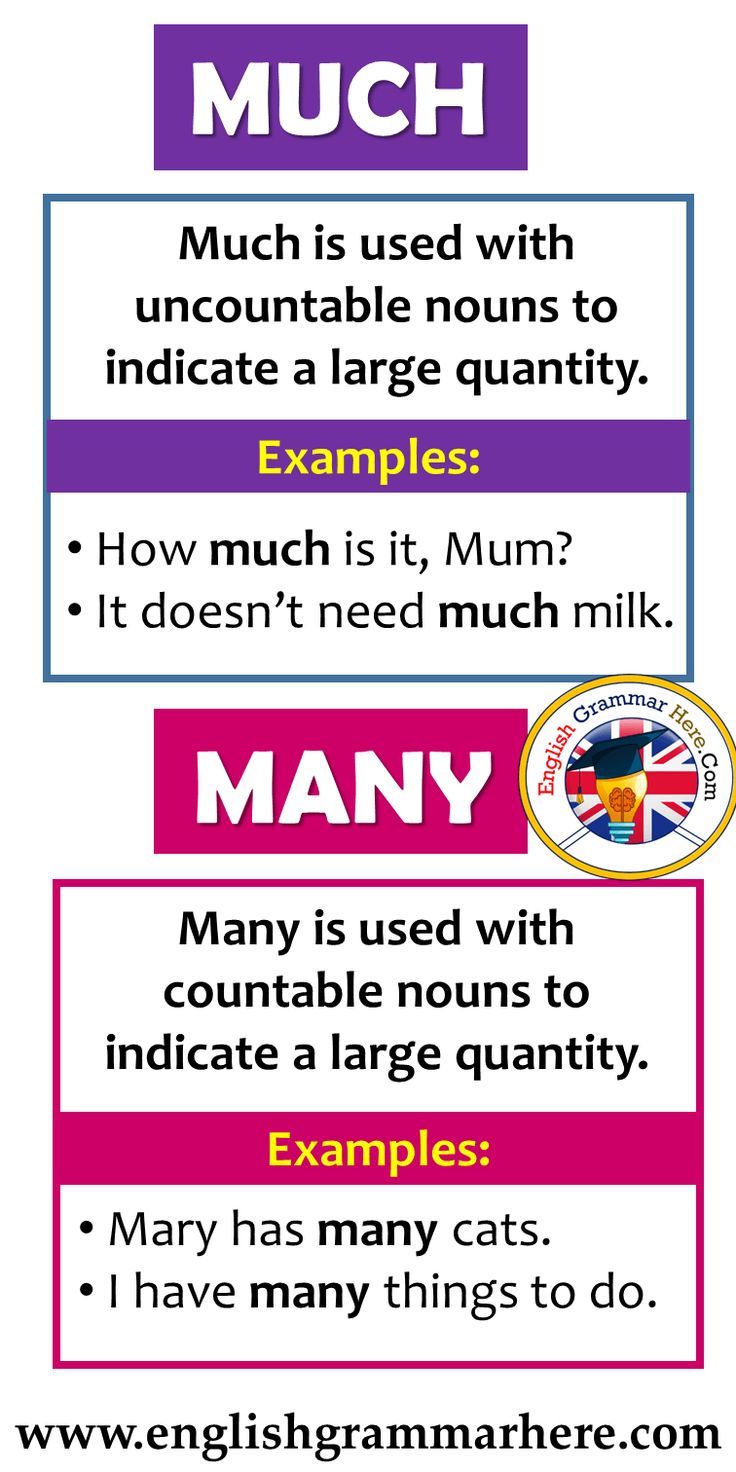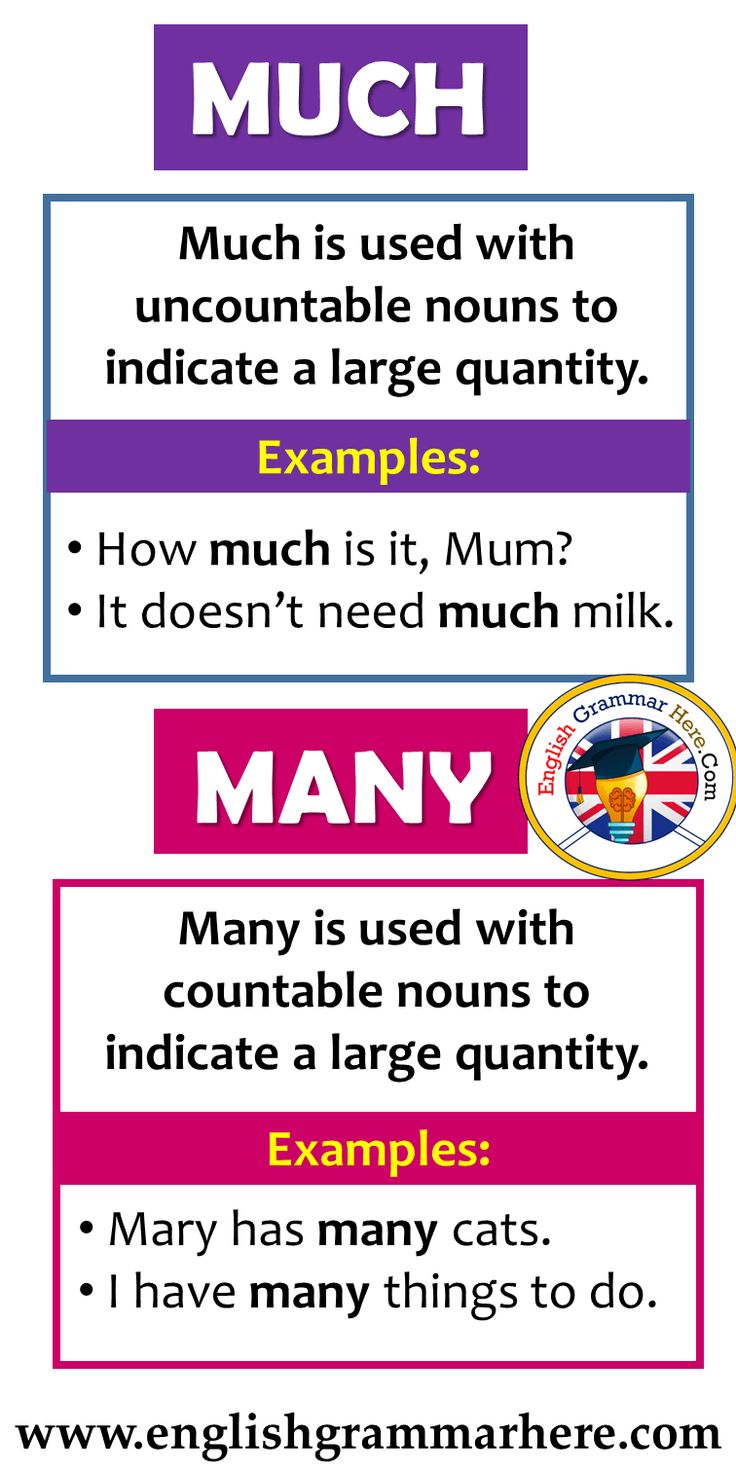How Much Is Jeep Wrangler Gas: A Comprehensive Guide to Fueling Your Adventure
How Much Is Jeep Wrangler Gas: A Comprehensive Guide to Fueling Your Adventure jeeps.truckstrend.com
The Jeep Wrangler is more than just a vehicle; it’s a symbol of freedom, adventure, and unparalleled off-road capability. For many, owning a Wrangler is a dream come true, but as with any significant investment, understanding the ongoing costs is crucial. One of the most frequently asked questions by prospective and current owners alike revolves around its fuel consumption: "How much is Jeep Wrangler gas?"
This question isn’t as straightforward as it seems, as the cost of fueling a Jeep Wrangler depends on a multitude of factors, from the specific model and engine under the hood to your driving habits and the fluctuating price of gasoline. This comprehensive guide aims to demystify the topic, providing you with detailed insights, practical advice, and actionable strategies to help you understand and manage your Wrangler’s fuel expenses. Whether you’re planning a cross-country expedition or just navigating your daily commute, knowing what to expect at the pump is key to truly enjoying the "Jeep Life."
How Much Is Jeep Wrangler Gas: A Comprehensive Guide to Fueling Your Adventure
Understanding Jeep Wrangler Fuel Economy (MPG)
Before diving into dollar figures, it’s essential to grasp the concept of Fuel Economy, measured in Miles Per Gallon (MPG). MPG indicates how many miles your vehicle can travel on a single gallon of fuel. For the Jeep Wrangler, this figure varies significantly across its diverse powertrain options and configurations.
- Engine Variety: Modern Wranglers offer a range of engines. The ubiquitous 3.6L Pentastar V6 is known for its balance of power and decent (for a Wrangler) efficiency. The 2.0L turbocharged inline-four offers surprising torque and slightly better city MPG. For sheer power, the Rubicon 392 boasts a potent 6.4L V8 but comes with a hefty fuel penalty. The most fuel-efficient option is the innovative 4xe, a plug-in hybrid electric vehicle (PHEV) that can travel a significant distance on electricity alone before switching to gasoline.
- Body Style: Generally, 2-door Wranglers are slightly lighter and thus marginally more fuel-efficient than their 4-door Wrangler Unlimited counterparts.
- Transmission: While less impactful than engine choice, automatic transmissions often have slightly different EPA ratings compared to manual transmissions for the same engine.
- Real-World vs. EPA Estimates: It’s crucial to remember that the EPA (Environmental Protection Agency) estimates are generated under controlled laboratory conditions. Your real-world MPG will almost certainly vary based on factors like driving style, terrain, vehicle modifications, and maintenance.

Here are general EPA estimated combined MPG ranges for common Wrangler powertrains (actual figures vary by specific year, trim, and transmission):
- 3.6L Pentastar V6: 18-20 MPG (combined)
- 2.0L Turbo I4: 20-22 MPG (combined)
- 6.4L HEMI V8 (Rubicon 392): 13 MPG (combined)
- 2.0L Turbo PHEV (4xe): 49 MPGe (miles per gallon equivalent, combining electric and gas efficiency) or around 20 MPG on gasoline only after electric range is depleted.

Calculating Your Monthly and Annual Gas Bill
To estimate your personal Jeep Wrangler gas cost, you’ll need three key pieces of information: your average monthly or annual mileage, your Wrangler’s actual MPG, and the average price of gasoline in your area.
Step-by-Step Calculation:

- Determine Your Average Mileage:
- Monthly: Track your odometer for a month or estimate based on your daily commute and weekend activities. (e.g., 1,000 miles/month)
- Annually: Multiply your monthly average by 12, or estimate based on typical driving patterns. (e.g., 12,000 miles/year)
- Find Your Wrangler’s Actual MPG:
- Use your Wrangler’s onboard computer, a fuel-tracking app, or manually calculate by dividing miles driven by gallons consumed over several fill-ups. If you don’t own one yet, use the EPA combined estimate as a starting point. (e.g., 18 MPG)
- Calculate Gallons Needed:
- Divide your total mileage by your MPG.
- Example Monthly: 1,000 miles / 18 MPG = 55.56 gallons
- Example Annual: 12,000 miles / 18 MPG = 666.67 gallons
- Multiply by Average Gas Price:
- Check local gas prices or use a national average (e.g., $3.50/gallon).
- Example Monthly Cost: 55.56 gallons * $3.50/gallon = ~$194.46
- Example Annual Cost: 666.67 gallons * $3.50/gallon = ~$2,333.35
These examples illustrate that the cost can be substantial, especially for higher mileage drivers or those with less fuel-efficient models.
Factors Influencing Jeep Wrangler Gas Consumption
Beyond the engine type, several variables significantly impact how much gas your Wrangler sips:
- Tire Size and Type: One of the biggest culprits for reduced MPG. Larger, heavier, and more aggressive (e.g., mud-terrain) tires create more rolling resistance and weigh more, forcing the engine to work harder. This can easily drop MPG by 2-5 miles or more.
- Lift Kits and Aftermarket Modifications: Lifting a Wrangler increases its frontal area and disrupts aerodynamics, leading to increased drag. Heavy steel bumpers, winches, roof racks, and auxiliary lighting also add weight and aerodynamic drag, all of which decrease fuel efficiency.
- Driving Habits: Aggressive acceleration, sudden braking, and consistently driving at high speeds are major fuel guzzlers. Smooth, consistent driving with gentle inputs is key to maximizing MPG.
- Terrain and Driving Conditions: Off-roading, driving uphill, in heavy traffic, or against strong headwinds will inherently reduce your MPG compared to highway cruising on flat terrain.
- Maintenance: A well-maintained engine runs more efficiently. Dirty air filters, worn spark plugs, underinflated tires, and incorrect wheel alignment can all negatively impact fuel economy.
- Payload and Towing: Carrying heavy loads or towing a trailer significantly increases the energy required to move the vehicle, thus increasing fuel consumption.
- Fuel Type: While most Wranglers (like the 3.6L V6) run efficiently on regular 87 octane gasoline, the 2.0L Turbo engine recommends premium 91 octane for optimal performance and efficiency, and the Rubicon 392 requires premium fuel. Using lower octane than recommended can lead to reduced performance and potentially lower MPG.
Strategies to Improve Jeep Wrangler Fuel Efficiency
While a Wrangler won’t ever be a Prius, there are actionable steps you can take to mitigate its thirst for fuel:
- Drive Smarter:
- Smooth Acceleration and Braking: Avoid jackrabbit starts and sudden stops. Accelerate gently and anticipate traffic lights and stops.
- Maintain Consistent Speed: Use cruise control on highways to avoid speed fluctuations.
- Observe Speed Limits: Fuel economy drops significantly at higher speeds due to increased aerodynamic drag.
- Avoid Excessive Idling: If you’re going to be stopped for more than a minute, turn off the engine.
- Prioritize Vehicle Maintenance:
- Check Tire Pressure Regularly: Properly inflated tires reduce rolling resistance. Refer to your door jamb sticker for recommended pressures.
- Regular Tune-ups: Keep your engine running efficiently with regular oil changes, spark plug replacements, and air filter checks. A clogged air filter can significantly reduce MPG.
- Wheel Alignment: Proper alignment ensures tires roll efficiently without drag.
- Mind Your Mods:
- Remove Unnecessary Accessories: Take off roof racks, light bars, or heavy gear when not in use. Even a soft top vs. hardtop can affect weight and aerodynamics.
- Consider Tire Choice: If your Wrangler is primarily a daily driver, choose an all-terrain tire with a less aggressive tread pattern over a dedicated mud-terrain tire for better on-road efficiency.
- Reduce Weight: Don’t carry unnecessary heavy items in your Wrangler. Every extra pound requires more fuel to move.
- Utilize Your 4xe (if applicable): Maximize your electric range by regularly charging your 4xe. Driving on electricity is significantly cheaper per mile than gasoline.
Comparing Wrangler Gas Costs to Other Vehicles
It’s important to set realistic expectations. The Jeep Wrangler is an off-road beast, designed for capability and adventure, not for class-leading fuel economy. Compared to compact sedans, crossovers, or even many larger SUVs, the Wrangler will generally have higher fuel costs. Its boxy shape, robust drivetrain, and often-heavy modifications inherently make it less aerodynamic and heavier than typical commuter vehicles.
However, when compared to other highly capable off-roaders or full-size trucks, the Wrangler’s fuel economy can be competitive, especially with the 2.0L Turbo or 4xe powertrains. Owners choose a Wrangler for its unique characteristics and lifestyle, often accepting the higher fuel costs as part of the package for its unparalleled go-anywhere ability and iconic design.
Estimated Annual Jeep Wrangler Gas Cost Table
This table provides estimated annual gas costs based on common Wrangler models, assuming an average annual driving distance of 12,000 miles and an average gasoline price of $3.50 per gallon. Real-world costs will vary.
| Wrangler Model/Engine Configuration | EPA Est. City MPG | EPA Est. Hwy MPG | EPA Est. Combined MPG | Fuel Type Recommended/Required | Est. Annual Gallons (12,000 miles) | Est. Annual Gas Cost (@ $3.50/Gallon) | Notes |
|---|---|---|---|---|---|---|---|
| Wrangler 2-Door 3.6L V6 Auto | 19 | 24 | 21 | Regular (87 Octane) | 571 | $1,998.50 | Good balance of power and efficiency for a Wrangler. Real-world MPG can be lower with off-road tires/mods. |
| Wrangler 4-Door 3.6L V6 Auto | 19 | 24 | 20 | Regular (87 Octane) | 600 | $2,100.00 | Most common configuration. MPG slightly lower than 2-door due to added weight. |
| Wrangler 4-Door 2.0L Turbo Auto | 20 | 22 | 21 | Premium (91 Octane) Recommended | 571 | $1,998.50 | Offers good torque. Premium fuel recommended for optimal performance/efficiency. |
| Wrangler Rubicon 392 (6.4L V8) | 13 | 17 | 14 | Premium (91 Octane) Required | 857 | $2,999.50 | High-performance model with significantly higher fuel consumption. |
| Wrangler 4xe (2.0L Turbo PHEV) | – | – | 49 MPGe | Premium (91 Octane) Recommended | Varies (depends on electric usage) | Varies (can be very low if charged frequently) | 21 MPG on gas only after 21-mile electric range. Fuel cost highly dependent on how often you charge and use electric mode. |
Note: The "Estimated Annual Gas Cost" for the 4xe is highly variable. If you drive 12,000 miles annually and primarily use electric power for your daily commute (e.g., within its 21-mile electric range), your gasoline consumption could be minimal. However, for long trips without charging, it will consume gasoline at around 21 MPG.
Practical Advice and Actionable Insights
- Set Realistic Expectations: Understand that a Jeep Wrangler is not designed for fuel efficiency. Its primary purpose is off-road capability and ruggedness. Budget accordingly.
- Track Your Actual MPG: Don’t just rely on EPA estimates. Use a fuel tracking app or manually calculate your MPG over several fill-ups to get an accurate picture of your specific vehicle and driving style.
- Utilize Fuel Price Apps: Apps like GasBuddy can help you find the cheapest gas prices in your area, potentially saving you a few dollars per fill-up.
- Budget for Fuel: Incorporate your estimated monthly or annual gas cost into your overall vehicle ownership budget. This prevents surprises and helps you manage your finances effectively.
- Consider a 4xe for Daily Savings: If you have access to charging at home or work and your daily commute falls within the 4xe’s electric range, the plug-in hybrid model can drastically reduce your gasoline expenses, making it a compelling option for those seeking a greener Wrangler experience.
Conclusion
The question "How much is Jeep Wrangler gas?" doesn’t have a single, simple answer, but by understanding the factors at play and employing smart strategies, you can effectively estimate and manage your fuel expenses. While the Jeep Wrangler might not be the most fuel-efficient vehicle on the road, its legendary capability, iconic design, and the unique sense of adventure it provides often outweigh the higher costs at the pump for its dedicated enthusiasts.
Owning a Wrangler is an experience, a lifestyle choice that comes with the understanding that its rugged charm and off-road prowess are worth the investment. By being informed and proactive, you can ensure that the cost of gas doesn’t detract from the joy of hitting the trails or cruising with the top down in your beloved Jeep.
Frequently Asked Questions (FAQ)
Q1: Is the Jeep Wrangler good on gas?
A1: Generally, no, the Jeep Wrangler is not considered "good" on gas compared to most modern passenger vehicles like sedans or compact SUVs. Its boxy design, off-road capabilities, and often larger tires contribute to lower MPG figures. However, its fuel economy is comparable to other rugged SUVs and trucks in its class.
Q2: What type of gas does a Jeep Wrangler take?
A2: Most Jeep Wranglers with the 3.6L Pentastar V6 engine use regular 87 octane unleaded gasoline. The 2.0L turbocharged engine recommends premium 91 octane for optimal performance and efficiency, while the Rubicon 392 with the 6.4L HEMI V8 requires premium 91 octane fuel. Always check your owner’s manual for the definitive recommendation for your specific model.
Q3: How much does it cost to fill up a Jeep Wrangler?
A3: The cost to fill up depends on your Wrangler’s fuel tank size and the current price of gasoline. Most Wrangler models have a fuel tank capacity between 17.5 and 21.5 gallons. For a 17.5-gallon tank at $3.50/gallon, a full tank would cost approximately $61.25. For a 21.5-gallon tank at $3.50/gallon, it would be around $75.25.
Q4: Does a lift kit or bigger tires affect gas mileage?
A4: Yes, significantly. A lift kit increases aerodynamic drag, and larger, heavier, and more aggressive off-road tires increase rolling resistance and unsprung weight. These modifications can decrease your MPG by 2-5 miles or more, depending on the extent of the modifications.
Q5: Is the Wrangler 4xe worth it for gas savings?
A5: The Wrangler 4xe (plug-in hybrid) can offer substantial gas savings, especially if you have access to charging and your daily driving falls within its electric range (around 21 miles). If you primarily drive short distances and charge regularly, you could use very little gasoline. For longer trips where the electric range is depleted, it performs at around 21 MPG on gasoline, similar to the 2.0L turbo.
Q6: How can I improve my Wrangler’s MPG?
A6: You can improve your Wrangler’s MPG by adopting smooth driving habits (gentle acceleration, consistent speeds), maintaining proper tire pressure, ensuring regular vehicle maintenance (oil changes, clean air filter), removing unnecessary weight, and taking off bulky external accessories (like roof racks) when not in use.
Q7: Do Jeep Wranglers have good resale value to offset gas costs?
A7: Yes, Jeep Wranglers are renowned for holding their value exceptionally well, often having some of the best resale values in the automotive market. This strong resale value can indeed help offset some of the higher running costs, including fuel expenses, when it comes time to sell or trade in.

